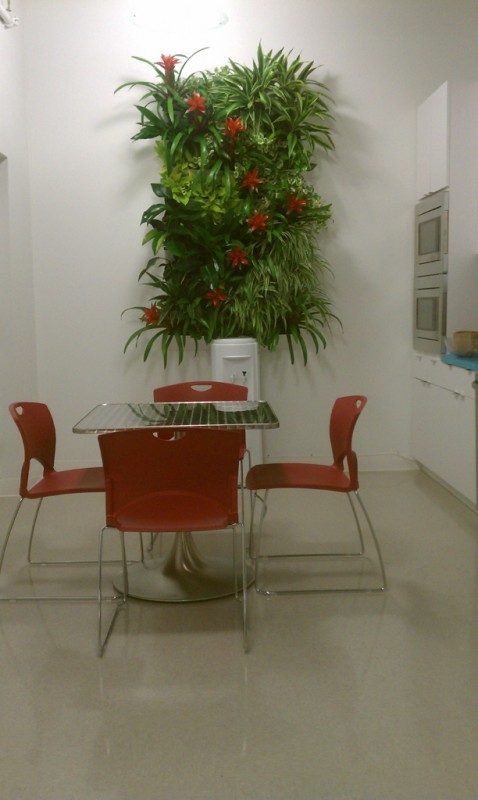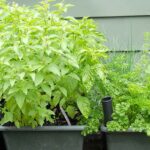Anyone Can Raise Healthy Houseplants--Even You!
Editor’s note: This is a guest blog post from Jonathan Senneff, who is with Plant Interscapes. For this author, the houseplant bug bit when he nurtured an aloe back to health.
These days, I’m a big fan of indoor greenery. There was a time, though, when I thought live plants were something other people did, like pottery or skydiving. And I had a zillion excuses. There wasn’t enough space, my windows faced the wrong way, and I had cats that would dig them up. Even if someone gave me a plant as a gift, I would re-gift it, because that seemed kinder than letting it die a slow death at the hands of my black-thumbed incompetence.
One day, my roommate moved out and left a cute little aloe behind. The roots were dry and the soil was more like sand. The plant was brown and droopy but still alive. An hour later I burned my hand making tea, so I went to the aloe and snapped off a leaf, opening it up and pressing its soothing gel to my burn, which instantly soothed me. At that moment, I knew that I had to save its life. A bag of potting soil and a terra-cotta pot later, I had achieved my first plant rescue. Over the next few weeks, I watched in amazement as the plant turn green and healthy with minimal care.

Once you understand a plant’s basic needs, caring for many types of housplants is a snap. When I finally discovered how to water properly, my brown thumb turned green. I’ve found that not being afraid to put my hands in the soil has made a big difference in my ability to water plants correctly. I used to dip a finger in and guess how much to water. Now I actually feel the soil at the surface and again further down. Having a clear idea of the moisture level in the pot is vital to determining how much water it needs. If it seems to dry out quickly, the environment may be too hot or too dry. Many plants will do fine with tap water, while others may insist on distilled or reverse osmosis.
Succulents are great starter plants for the indoor garden, since they’re easy to care for and are less fussy about their environment. They come in lots of sizes, shapes and colors, so you’re bound to find one you like. As for varieties, there are a many. Besides aloe vera, there is jade, burro tail, snake plant (sansevieria), panda plant and many cacti. Not all cacti are succulents—but many are. All of these plants thrive in dry conditions, so they need very little watering. Bright light is good, but a cactus or suculent should never feel warm to the touch.
A little research can help you decide which plants are best for your home and skill level. If you have pets, assume they will taste your plants at least once, so make sure none of your plant choices are potentially harmful if eaten by dogs or cats. Consider how much light your home gets and choose plants that will flourish there.
With a little knowledge and planning—all the benefits of a green thumb are within anyone’s reach!
Plant Interscapes provides commercial interior landscape services throughout Southwest Texas and is ranked among the top ten largest interior landscape firms in the U.S.





